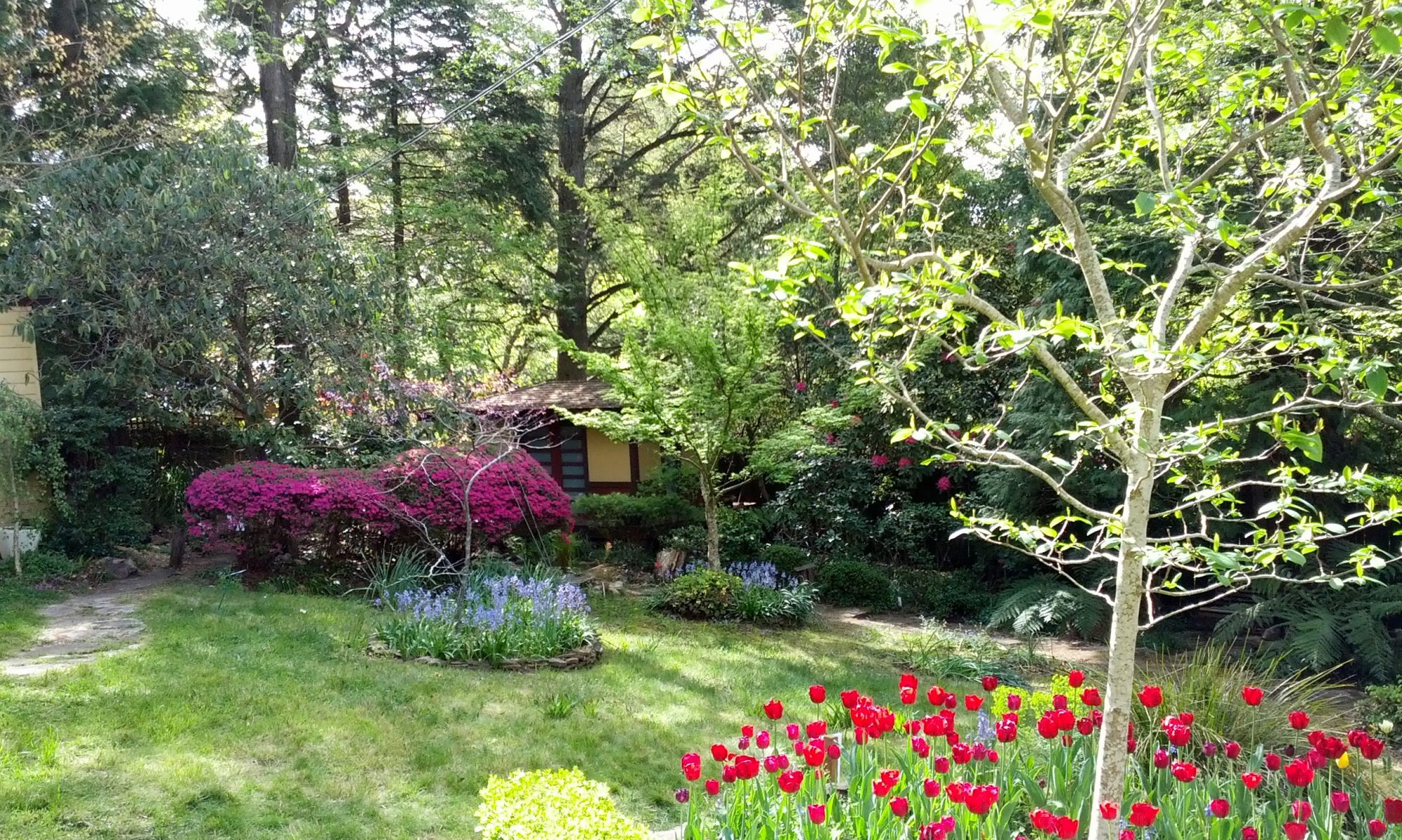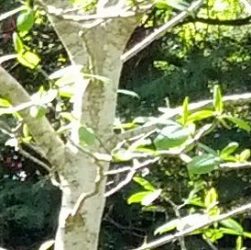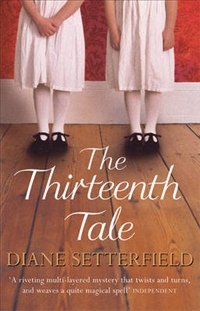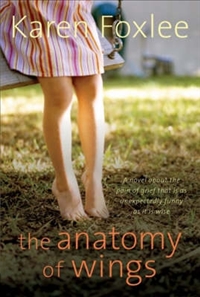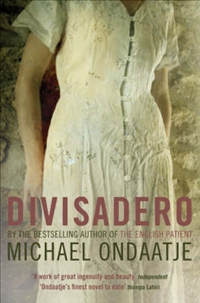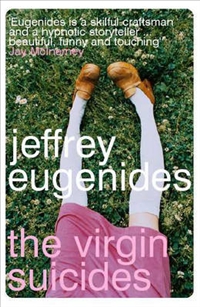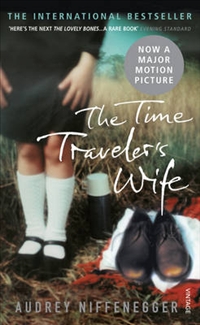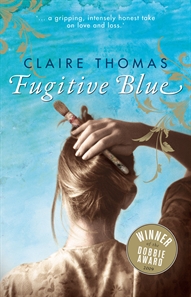Petina Gappah’s An Elegy for Easterly was published April 2009 in the UK and was available here from Allen and Unwin in paperback C format with the same cover. The book won the 2009 Guardian First Book Award and is available here now in paperback B format.
But compare the two covers. I picked up the book under the first cover in a bookshop thinking that it was set in the either China or Japan — the stylised trees looking like cherry blossom in snow and the red patch of sun is very Japanese — only to be confused by the description of the stories on the back cover. The second cover places the book firmly in Africa from where, indeed the author comes. Petina Gappah is a Zimbabwean writer now living and working in Geneva and An Elegy for Easterly is a  book of short stories set in Zimbabwe.
book of short stories set in Zimbabwe.
Going to Petina’s blog I now realise the row of trees on the first cover is an avenue of beautiful Jacarandas.
Here’s what Petina says on her blog about the new cover: “Here is the cover of the paperback version of “An Elegy for Easterly”. I love it in a million different ways. Thanks to the support of all my readers, we are approaching the end of the print run for the trade paperback (that’s the Jacaranda trees cover), just in time for the launch of this paperback, which goes on sale on 7 January 2010”.
